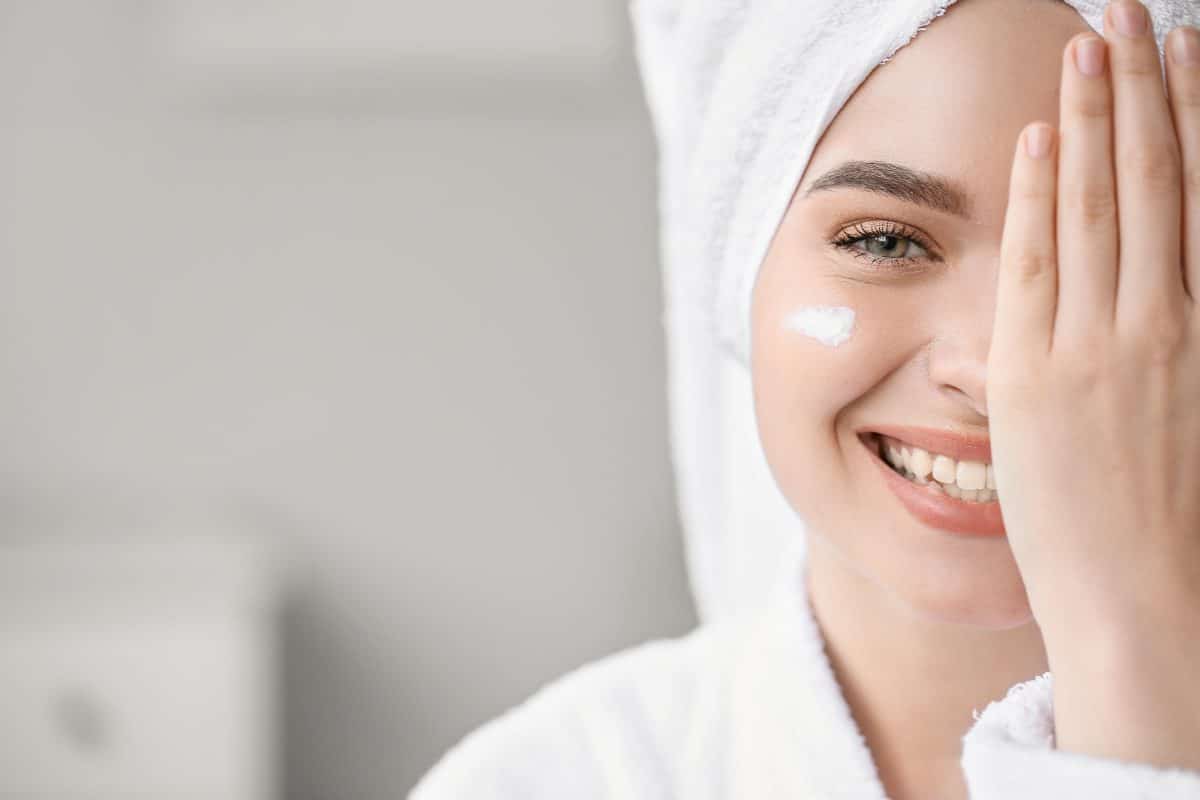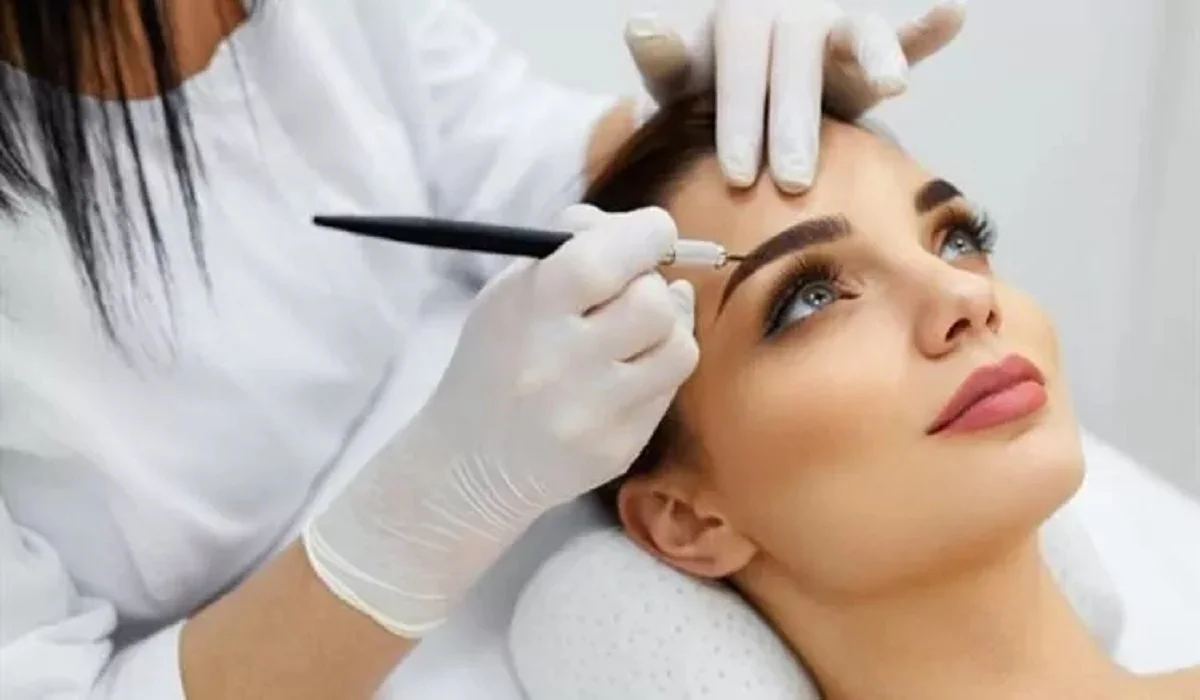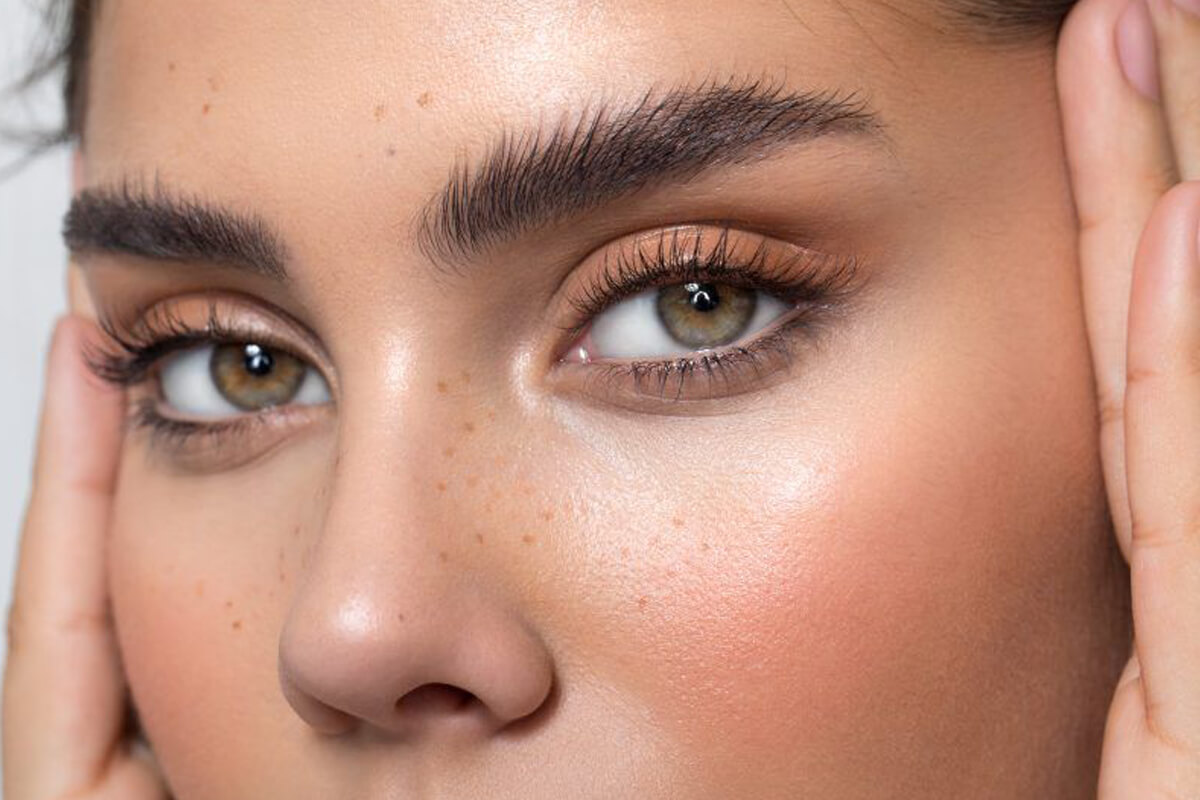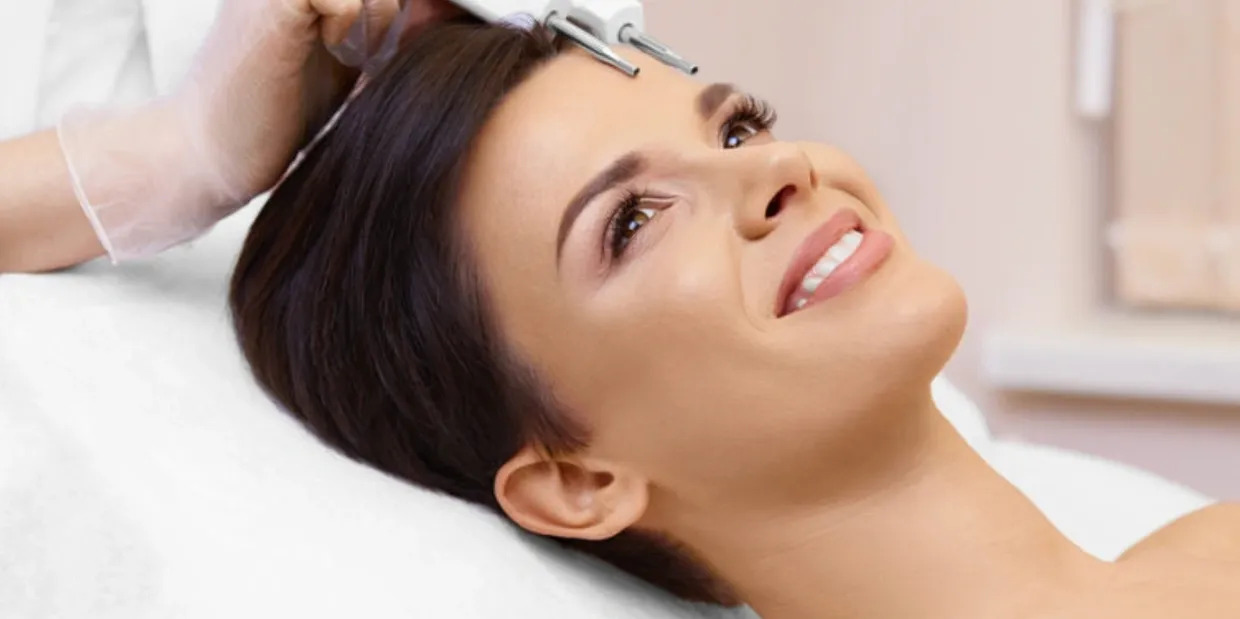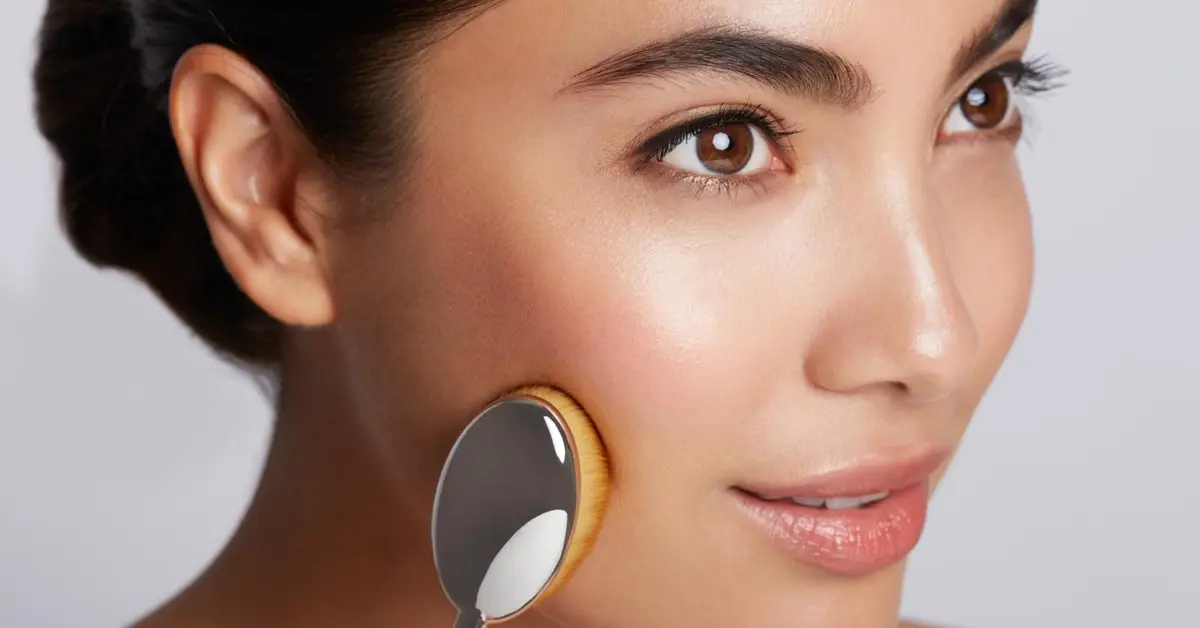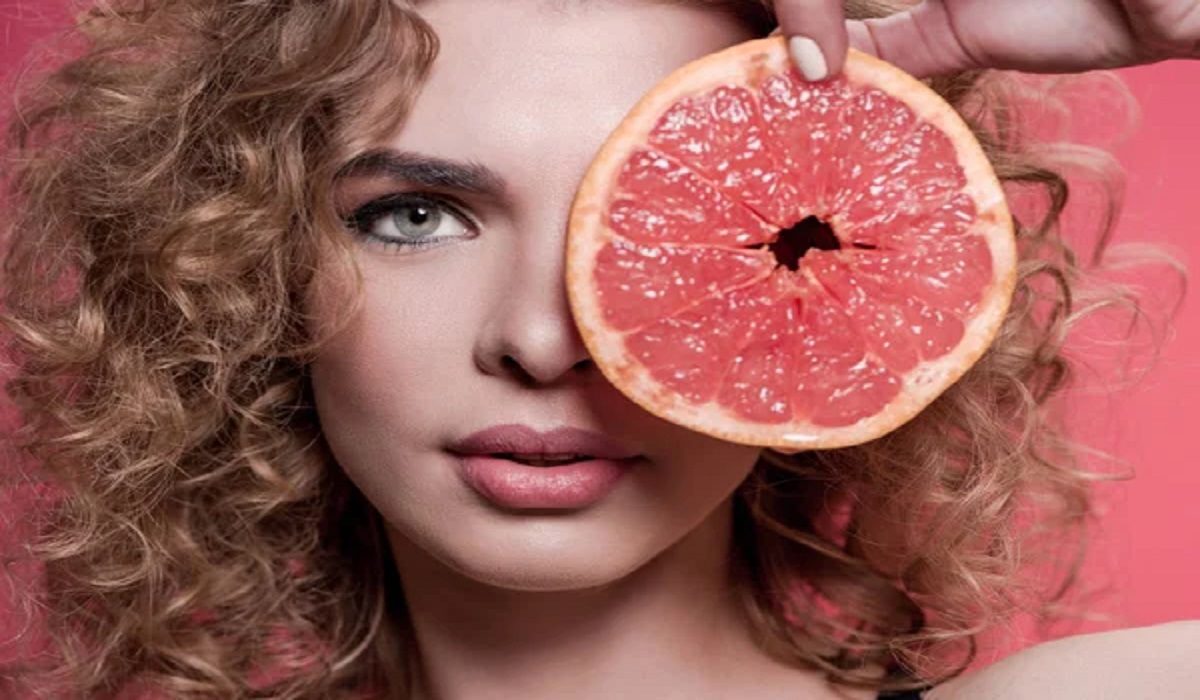Transforming your eyewear into a stylish accessory doesn’t mean you have to compromise on your eye makeup. Glasses, with the appropriate makeup strategy, can accentuate your eyes, framing them in a way that not only complements your vision correction needs but also your personal aesthetic. This comprehensive guide is designed to empower those adorned with spectacles with the knowledge to amplify their eye makeup, ensuring it remains impeccable from the application of primer to the finishing touch of mascara, all without the worry of smudging.

Strategic Eye Makeup Enhancements for Spectacle Wearers
Primer: Your Makeup Anchorage
An essential ally for spectacle wearers, eye primer acts as a steadfast foundation, securing your eyeshadow, eyeliner, and any adjunctive cosmetics applied to your eyelids. Its significance cannot be overstated, particularly in warding off the undesirable transfer of makeup onto your lenses and maintaining a crease-free appearance throughout the day.
- Primer Selection: Tailoring your primer choice to your skin’s needs is crucial. For those battling oily eyelids, a mattifying primer can mitigate oil production, thus averting any potential smudging. Conversely, a hydrating primer is the go-to for dry-skinned individuals, ensuring a smooth, flake-free base. Sensitive skin? Opt for a hypoallergenic, fragrance-free primer to avoid irritation.
- Application Mastery: A thin, evenly distributed layer of primer from the lash line to the brow bone sets the stage for your makeup. Allowing the primer a moment to solidify forms a flawless canvas, enhancing both the vibrancy and longevity of your eye makeup.
Eyeshadow: The Art of Accentuation
The strategic application of eyeshadow can significantly magnify the beauty of your eyes behind the lenses, with color choice and application technique being paramount.
- Color Harmony: Matching eyeshadow to both your eye color and frame hue can elevate your look. While neutrals offer a refined, day-to-day elegance, opting for bold or deep colors can inject a dose of drama. Should your frames be brightly colored, a neutral shadow or one that complements your frames can be quite striking.
- Technique and Blend: Initiate with a light base shade on the lid, layer a medium tone in the crease for depth, and conclude with a darker hue at the outer corners for definition. The artistry of blending ensures a seamless transition between shades, achieving a sophisticated enhancement without overshadowing your frames.
Eyeliner: Defining Boundaries
Eyeliner has the prowess to delineate and shape your eyes, ensuring they captivate.
- Styling Considerations: The frame’s thickness should dictate your eyeliner thickness—a bolder line for thick frames and a subtler one for slender frames. Also, factor in your glasses’ shape when contemplating between a classic wing or a minimalistic tight-line.
- Precision Application: Start with a conservative approach, gradually intensifying to your preferred look. Gel or liquid liners are commendable for a lasting, smudge-resistant finish, while pencil liners should boast waterproof or long-wear credentials.
Mascara: The Final Flourish
Mascara enhances lash visibility, making your eyes pop behind the glass barrier, yet meticulous application is key to avoiding smudges.
- Formula Selection: Waterproof and smudge-proof mascaras are indispensable for avoiding the dreaded lens touch. Choose formulations that promise volume or length without the burden of clumpiness.
- Expert Application: Concentrate mascara at the lash base to minimize contact with lenses. Employing a mascara shield or a makeshift card during application can thwart unwanted mishaps.

Eyebrow Sculpting and Eye Highlighting
Eyebrows and strategic highlighting serve as the crowning touches, framing both your glasses and visage.
- Brow Sculpting: Adhering to the natural arch and filling sparse areas with a matching shade enhances the face’s natural symmetry. Regular upkeep, through trimming and tweezing, maintains a polished look, with professional guidance recommended for the uninitiated.
- Illumination and Contour: Highlight the inner eye corners and beneath the brows for an awakened look, while a discreet contour in the crease counterbalances frame-induced shadows.
Lens Magnification Adjustments and Beyond
Adjusting makeup intensity for magnifying lenses, ensuring precision to avoid magnified errors, and harmonizing makeup with your glasses’ aesthetic are nuanced aspects that, when mastered, guarantee your eye makeup not only survives but thrives behind lenses.
From daily wearers to those alternating with contacts, this guide serves as a testament to the fact that glasses offer a unique canvas for personal expression through makeup. By embracing these expert insights, your journey towards mastering eyewear-compatible makeup is not only achievable but guaranteed to enrich your daily beauty ritual, ensuring you radiate confidence and style.
- How can I prevent my eyeshadow from transferring onto my glasses?
- To prevent eyeshadow transfer, start with an eye primer to create a smooth base that enhances the durability of your eyeshadow. Opt for long-wearing, non-creasy formulas and consider setting your eyeshadow with a light layer of setting powder to lock it in place. Also, avoid overly creamy or greasy eyeshadow formulas, as they’re more prone to smudging.
- What are the best eyeshadow colors for glasses wearers?
- The best eyeshadow colors depend on the color of your frames and your eyes. Neutral tones like browns, tans, and beiges work well for a natural look. For a pop of color, consider shades that contrast with your frame color to make your eyes stand out. For example, if you have blue frames, warm-toned shadows can beautifully complement the coolness of the frames.
- How can I make my eyes look bigger behind glasses?
- To make your eyes appear larger, focus on brightening the inner corners of your eyes with a light, shimmery eyeshadow. Use a nude or white eyeliner on your lower waterline to open up the eyes. Curling your eyelashes before applying mascara can also lift your lashes and create the illusion of bigger eyes.
- Can I wear eyeliner with thick-framed glasses?
- Yes, you can wear eyeliner with thick-framed glasses. The key is to balance the thickness of your liner with your frames. For thicker frames, you may opt for a slightly bolder eyeliner look to ensure your eyes stand out. However, keep the line crisp and close to the lash line to avoid overpowering your features.
- What type of mascara should I use to prevent smudging on my glasses?
- Look for smudge-proof and waterproof mascaras, as they are designed to withstand moisture and oils that can lead to smudging. Additionally, focus on applying mascara primarily to the roots of your lashes to add volume without excessive length, reducing the chances of your lashes touching your lenses.
- How should I adjust my makeup if my glasses magnify my eyes?
- If your glasses magnify your eyes, aim for subtlety in your makeup application. Opt for softer eyeshadow colors and blend well to avoid harsh lines. Use a thin eyeliner to define your eyes without overwhelming them. Lightly apply mascara to avoid clumping, which can be more noticeable under magnification.
- Any tips for quick touch-ups for glasses wearers?
- For quick touch-ups, keep blotting papers handy to manage oiliness without disturbing your makeup. A compact powder for minor adjustments can help manage shine. If you’re prone to mascara smudges, a small pack of cotton swabs can clean up any marks without affecting the rest of your eye makeup.
- How can I ensure my eyebrows stand out when wearing glasses?
- Define your eyebrows with a pencil, powder, or gel that matches your hair color. Well-defined brows help frame your face and glasses, enhancing your overall look. Consider a clear brow gel to shape your brows and keep them in place throughout the day.
- Can wearing glasses affect the choice of highlighter around my eyes?
- Yes, the frames of your glasses can cast shadows on your face, affecting how and where you apply highlighter. Apply a subtle highlighter on the brow bone and the inner corners of your eyes to brighten these areas. Be cautious with applying highlighter under the eye area, as glasses might accentuate shimmer particles, leading to an overdone look.

